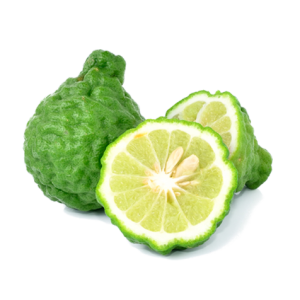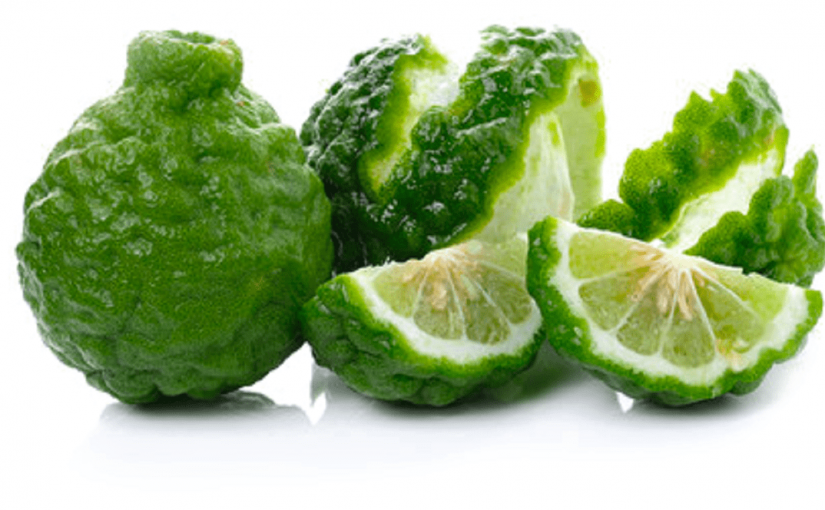19.02.2020
The color of green and the fractal geometry of Bergamot surface are part of the unique fashion of this excellence of Calabria.

This intense green partially explains how Bergamot oil is commercially important, and constitutes the base of cologne water (eau de cologne), a globally known product and, perhaps, the most widely used toilet water in the world.

The graduation and tonality of the color is also evident in the leaves. A non-minor use of Bergamot is the petit grain oil, another product of a certain importance, distilled from the leaves and young growth.
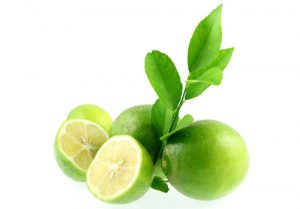
In any case, the light design of surface permits the production of a highly acid juice derived from the oil extraction process, a citrate of lime or citric acid employed as antiseptic.
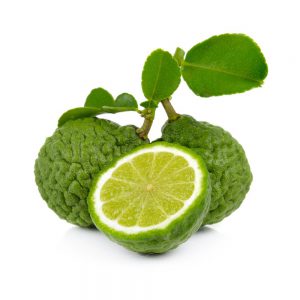
FASHION AND HISTORY
Of course, bergamot oil essence has many other perfumery uses, but the main employment of Bergamot, according to Chapot (1962) is the cologne water first developed in Cologne in 1676 by an Italian emigrant, Paolo Feminis. This obscure emigrant began the refinement of Bergamot oil and the product was also commercialized by his son-in-law, Gian Maria Farina. Thus, the first manufacture dates back to 1709.
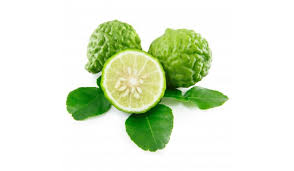
Another fascinating use, outside the region of Calabria, of bergamot is the recipe for adding its citrus fruit essence to the famous Earl Grey tea, a tea with a distinctive flavor. The recipe employs the natural essential oil that is extracted from green bergamot skins.
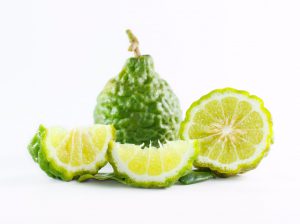
INTERNAL DESIGN OF BERGAMOT: ITS INTENSE YELLOW
Under its skin bergamot holds a yellow pulp and an intense juice that smells lemon sharp with soft notes of orange.
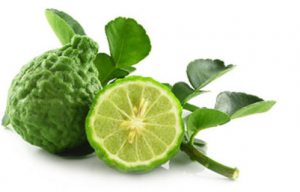
That juice is a liquid highly recommended for aromatherapy treatments and having strong antiseptic and anti-bacterial properties.

Unfortunately, apart from its healing properties, both the juice and the oil does have one side-effect: putting them on skin and then exposing it to sunlight, causes discoloration and burning.
